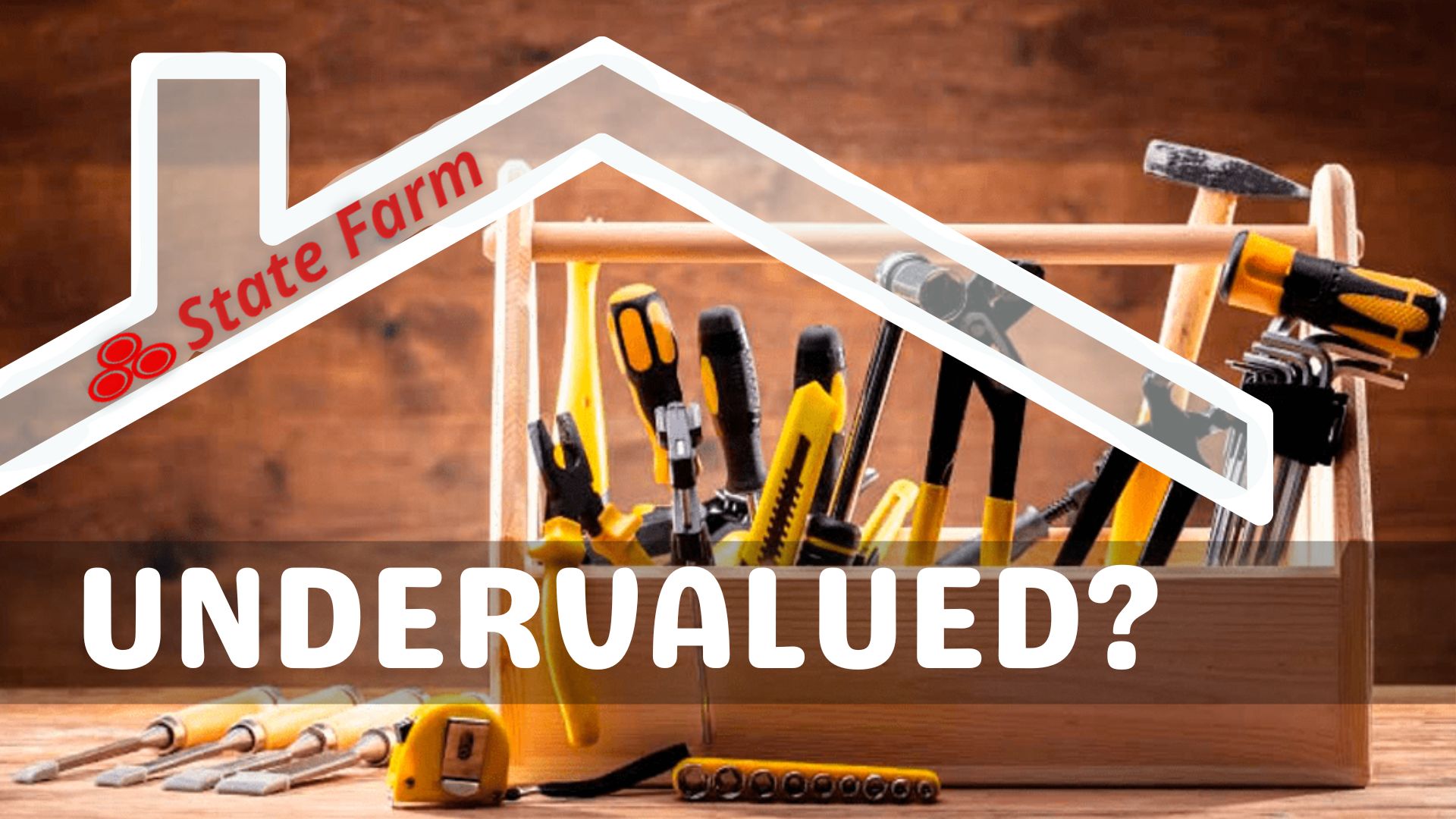Federal Court Dismisses State Farm Class Action Lawsuit Over Alleged Undervaluation of Property Damage Claims
A recent decision by a federal court has brought closure, at least for now, to a contentious legal battle against insurance giant State Farm. The dismissal of a class action lawsuit alleging systemic undervaluation of property damage claims in Pennsylvania marks a significant moment in the ongoing debate over insurance claim handling practices and the software tools that power them. At the heart of the dispute was Xactimate, the widely used software for estimating repair costs in insurance claims.
But what does this decision mean for homeowners, and why should it matter to anyone navigating an insurance claim? Here’s the full rundown.
The Foundation of the State Farm Lawsuit
The class action lawsuit, initially filed in federal court, centered on claims that State Farm was systematically undervaluing property damage assessments in Pennsylvania by relying on the Xactimate software. Plaintiffs alleged that this practice allowed the insurer to cut costs unfairly, leaving homeowners bearing the brunt of repair bills.
Xactimate, a staple in the industry, is designed to provide detailed estimates for repairs following property damage. However, the plaintiffs argued that the software’s estimates consistently fell short of actual reconstruction costs, thereby leading to underpaid insurance claims. The lawsuit framed these practices as deceptive and harmful, particularly for policyholders who rely on accurate valuations in the wake of disasters like storms, fires, or floods.
The stakes were enormous. Not only did the plaintiffs aim to secure restitution for purportedly unpaid claims but they also sought broader changes to State Farm’s claim handling processes. For policyholders in Pennsylvania and beyond, the outcome promised to shine a light on how insurers quantify damage and how those calculations affect homeowners’ wallets.
The Court’s Decision Explained
After hearing arguments, the federal judge presiding over the case ruled in favor of dismissing the lawsuit. The official reasoning? The court found the plaintiffs lacked sufficient evidence to demonstrate that State Farm’s use of Xactimate resulted in systematic harm.
While some might interpret this as a win for the insurer, the ruling hinged on procedural matters rather than a sweeping endorsement of current valuation practices. Specifically, the court noted that the plaintiffs failed to establish that State Farm deviated from industry norms or used Xactimate in a way that directly contravened its intended purpose.
For insurance industry insiders, this ruling reinforces the protection that comes with relying on standardized tools like Xactimate. Yet, critics argue it leaves unanswered questions about potential gaps between software-generated estimates and real-world repair costs. After all, the judge’s decision doesn’t confirm that every claim valuation by State Farm was accurate or fair.
State Farm’s Perspective
Unsurprisingly, State Farm welcomed the dismissal. A spokesperson for the company emphasized its commitment to fair claim practices and compliance with industry standards. They backed the continued use of Xactimate as a reliable tool for estimates, highlighting the software’s widespread acceptance across the insurance landscape.
State Farm also underscored that its claim evaluation process includes multiple review layers designed to address any discrepancies or inaccuracies, ensuring policyholders receive proper compensation.
Voices from the Plaintiffs’ Side
For the plaintiffs, the dismissal was undoubtedly a blow. Their legal team expressed disappointment and maintained that undervaluation using Xactimate posed a real risk to homeowners. They argued that systemic issues persist in how insurers wield such tools and hinted at the possibility of pursuing future legal action, either through appeals or new claims structured around stronger evidence.
The plaintiffs contended that for homeowners recovering from significant property damage, the difference between a precise versus underestimated claim payout can be life-changing. They pointed to anecdotal accounts from policyholders who struggled to cover repair costs that far exceeded the funds provided by State Farm.
Key Takeaways for Policyholders
Now, here’s the all-important question for you, the reader who may one day file a claim of your own: what does all this mean for homeowners navigating the world of insurance claims? For starters, it’s a reminder to ensure that the valuation of your property damage claim aligns with actual repair costs.
While tools like Xactimate provide a template for estimates, they’re only as effective as the data inputted and the user behind the screen. Policyholders have every right to question their claims adjuster, request detailed breakdowns, and even seek independent estimates when they suspect theirs is being undervalued. Homeowners should also familiarize themselves with their rights under state and federal laws that govern insurance practices.
Another takeaway? Legal proceedings like these show how complex and contentious the world of insurance valuation can be. Whether or not the plaintiffs could have ultimately proven their case, the lawsuit still highlights ongoing concerns about transparency in claim handling.
What This Means for Insurers
On the flip side, insurers should take note of the rising scrutiny from legal proceedings aimed at their valuation processes. Even though State Farm successfully avoided a class action here, cases like this could spur regulators, or even courts in future lawsuits, to adopt a closer lens on the reliance on standardized technology like Xactimate.
Meanwhile, as climate-related disasters grow in frequency and magnitude, the stakes for accurate and prompt property valuations will only increase. Insurers, while balancing cost control, may need to innovate processes further to ensure homeowner trust isn’t just maintained but strengthened.
The Final Word
The dismissal of the State Farm lawsuit won’t be the last we hear about disputes involving property damage valuation and software-driven insurance practices. Whether you’re a policyholder recovering from storm damage or an industry insider analyzing the ripple effects, this case underscores the delicate balancing act between technology, fairness, and trust in the insurance sphere.
At the end of the day, protecting homeowners’ rights and maintaining transparent claim valuation processes aren’t just legal obligations—they’re the foundation of an industry that operates on promises made when people need help most.


